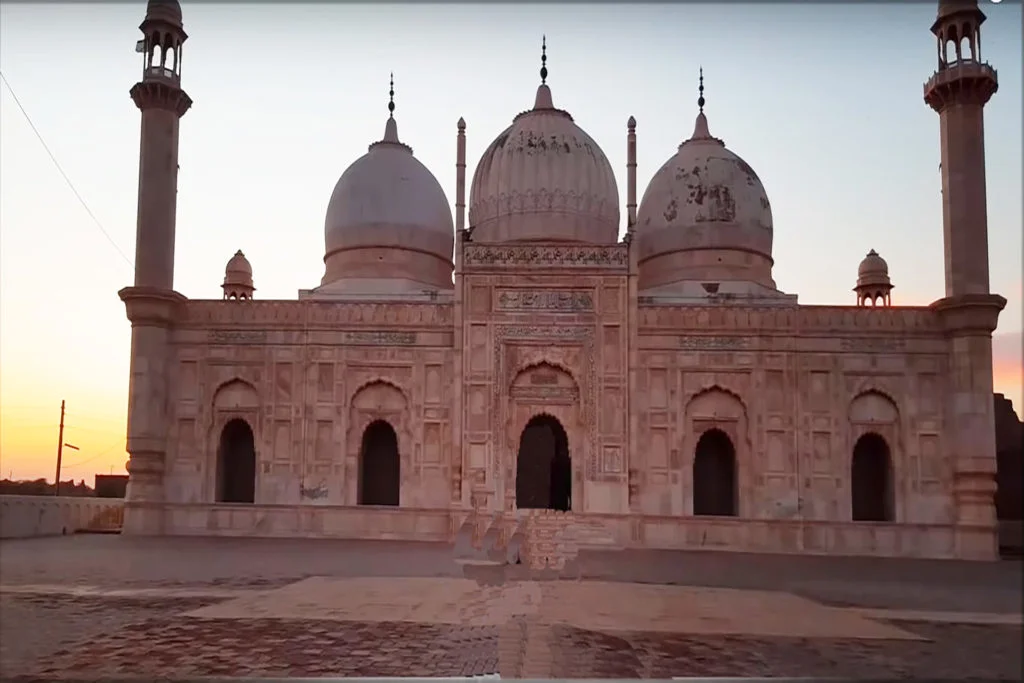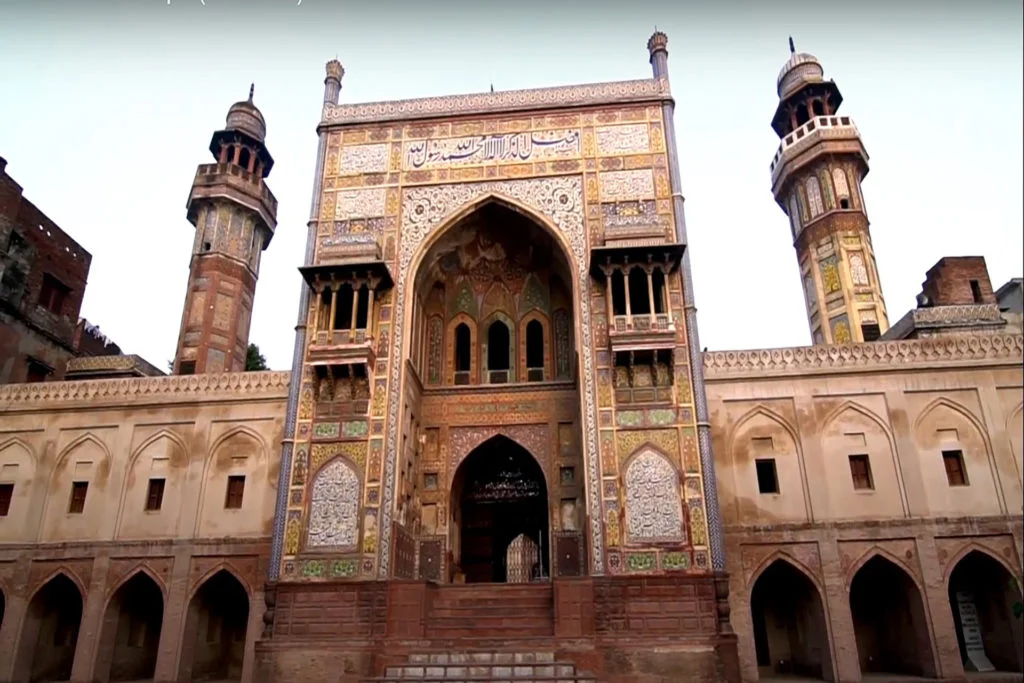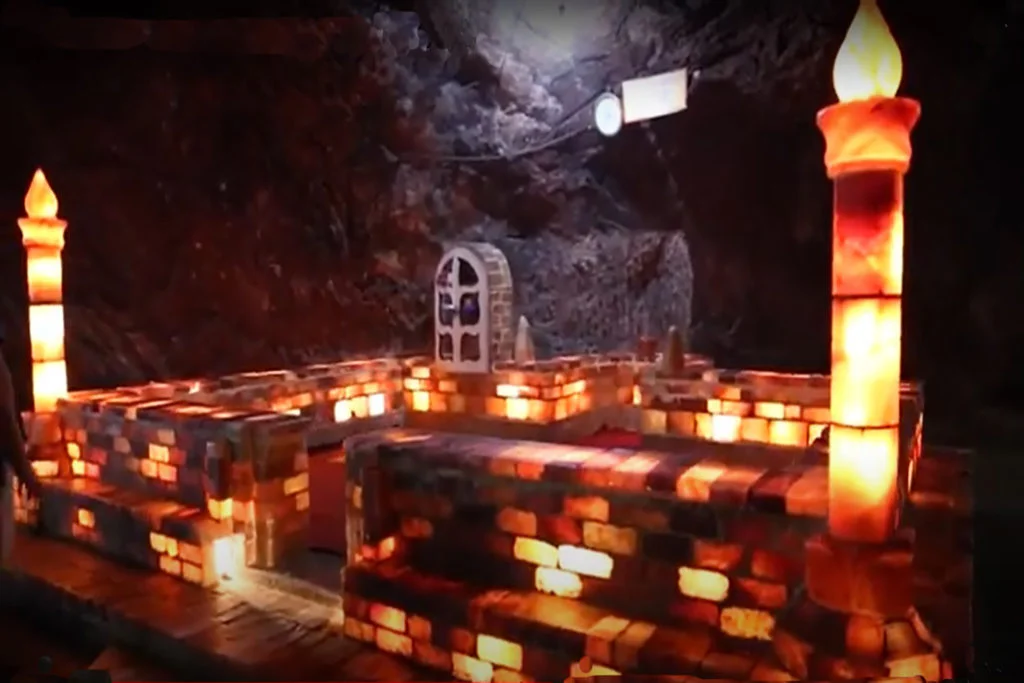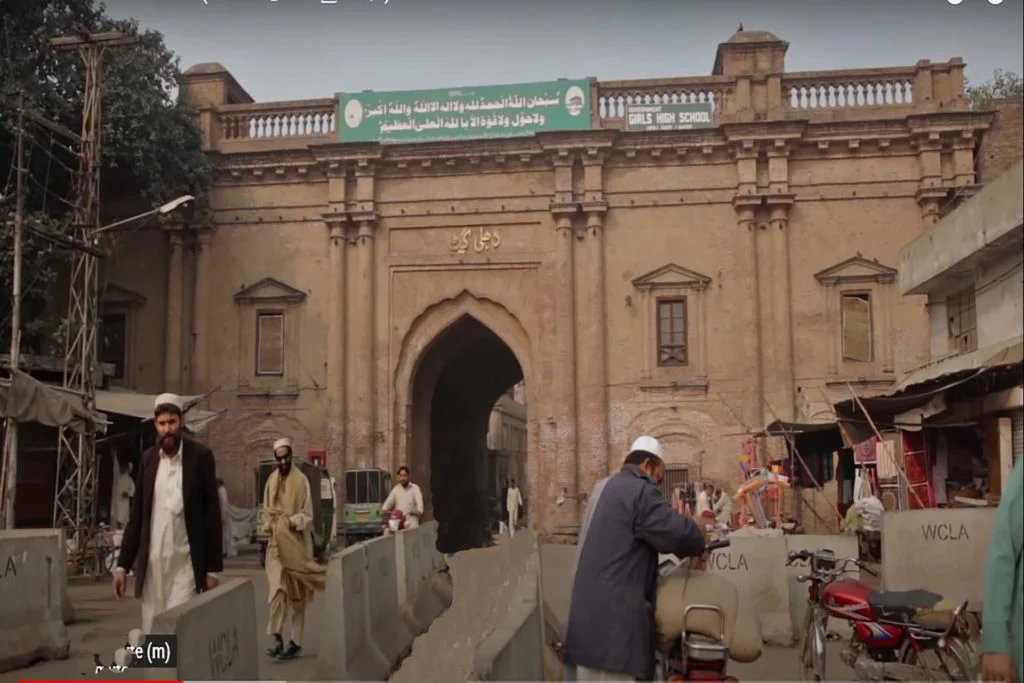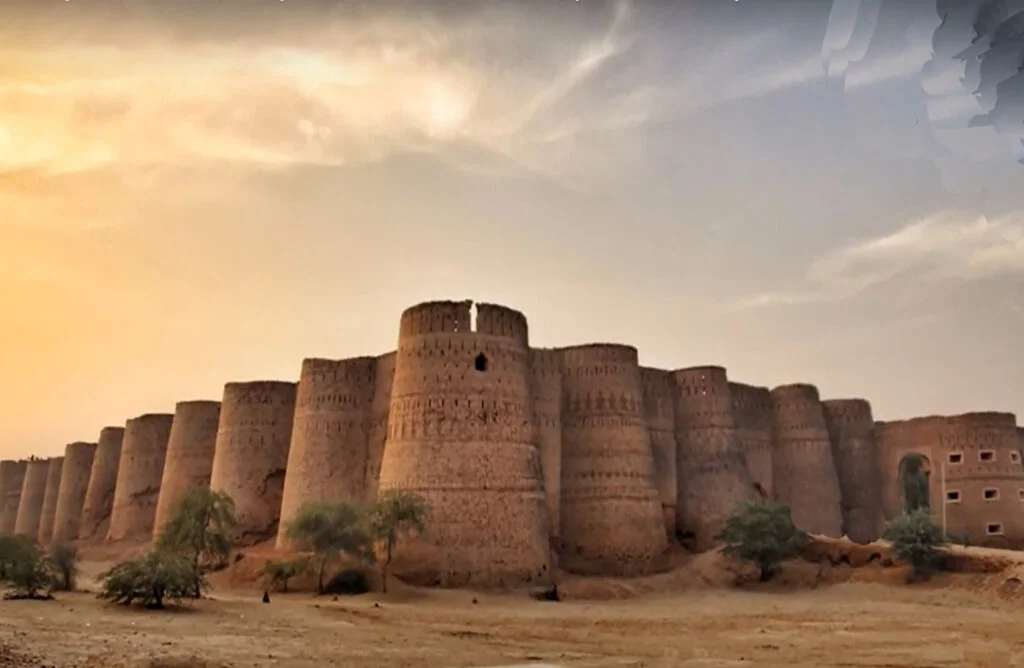Situated on the western side of Lahore Fort, near the Alamgiri Gate, the Moti Masjid holds a unique significance, as its name “Moti” translates to “pearl” in Urdu, in keeping with the Mughal tradition of naming mosques after precious stones. Similar examples include the Mina Masjid and Nagina Masjid, both located within Agra Fort and constructed during Shah Jahan’s reign in 1637.
Moti Masjid Lahore is one of the “Pearl Mosques”, and is a 17th-century religious building located inside the Lahore Fort, Lahore, Punjab, Pakistan.
It is a small white marble structure built by the Mughal Emperor Jahangir and modified by Shah Jahan Architects and is among his prominent extensions (such as the Sheesh Mahal and the Naulakha Pavilion) to the Lahore Fort complex.
Moti in Urdu means pearl, which indicates the perceived rarity of the religious structure. It was an established practice among the Mughal emperors to name mosques after common names for precious stones.
Other such examples are Mina Masjid (Gem Mosque) and Nagina Masjid (Gem Mosque), both located in Agra Fort and completed in 1637 during the reign of Shah Jahan.
Moti Masjid History
The Moti Masjid in Lahore was built between 1630 and 1635 and is the first of several “Pearl” mosques. Shah Jahan later commissioned mosques with the same name in Agra Fort (1647–53), and his son Aurangzeb followed suit in the Red Fort (1659–60). However, the mosque’s history took a twist after the decline of the Mughal Empire.
During the rule of Ranjit Singh’s Sikh Confederation (1760–1799), the mosque underwent a transformation into a Sikh temple and was renamed as Moti Mandir. Subsequently, Ranjit Singh repurposed it for use as a treasury. However, with the downfall of the Sikh Empire in 1849, the British took control of Punjab and discovered valuable gemstones carefully stored within the mosque, along with other items.
Efforts were then made to restore the building to its original state, and the religious artifacts discovered were safeguarded within the nearby Badshahi Mosque.
Moti Masjid Lahore Architecture
Located in the northwest corner of the Dewan-e-Aam quadrangle, the structure is typical of the Mughal architecture of the Shah Jahan era.
It is completely built of white marble, which was brought from Makrana. The facade consists of vaulted arches and engaged balustrade columns with smooth and delicate contours.
Moti Masjid Lahore has three overlapping domes, two aisles of five bays, and a slightly raised central Pishtaq or Portal with a rectangular frame. This five-arched facade distinguishes it from other mosques of a similar class with three-arched facades.
The interior is simple and plain except for the ceilings, which are decorated and designed in four different orders, two arched and two trabetic.
A Gateway to Mysticism
As visitors pass through the royal ramp of Lahore Fort, the enchanting sight of the Moti Masjid with its three graceful domes beckons from the left. Despite its modest size, the mosque exudes an otherworldly charm, often described as having a mysterious aura. Legends of spirits and ghosts add to the mystique, and many tourists claim to have witnessed their presence.
For the faithful, the Moti Masjid serves as a conduit to the divine. Believers visit with fervent hopes, believing that their prayers and wishes will be heard. Many firmly believe that offering Nawafil and Asr prayers within the mosque can manifest their desires. The devotion is so profound that even though the mosque can accommodate only a hundred people, scores wait outside, eager for their turn to experience its sanctity.
The Name and Significance
The Moti Masjid derives its name from its resemblance to a pearl due to its small size and gleaming white marble exterior, following the Mughal tradition of associating mosques with precious stones and notable figures.
Serenity and Splendor
The interior of the Moti Masjid exudes simplicity but features intricately designed arches and horizontal beams on its ceilings. The mosque is crowned with three domes, with the central one slightly extending into the courtyard, a design that optimizes acoustics, a common feature in Mughal-era mosques.
Evolution Through History
The mosque has witnessed both prosperity and adversity in its long history. During Sikh rule, the Sikh community transformed it into a temple named Moti Mandir, causing distress to the Muslim community.
Embracing the Future
Efforts are underway to reveal the mosque’s nighttime allure through night tours, illuminating its splendor in a new perspective.
Spiritual Significance
The Moti Masjid holds deep spiritual significance for the Mughal dynasty and its worshippers. The mosque was intended to serve as a private place of worship, distinct from the public congregational mosques of the time. Its serene ambiance and architectural elegance were designed to facilitate a contemplative connection with the Divine.
Preservation and Legacy
Despite centuries of existence, the Moti Masjid remains remarkably well-preserved, thanks to dedicated restoration efforts, serving as a testament to its enduring legacy.

